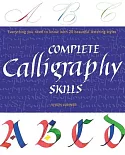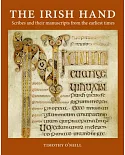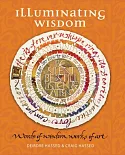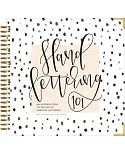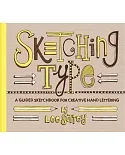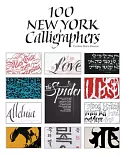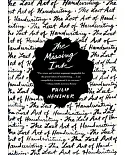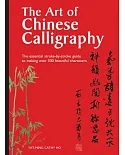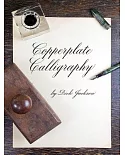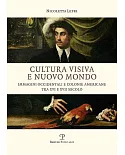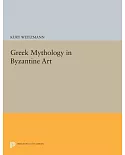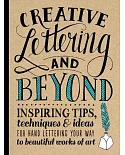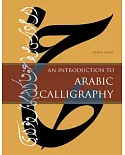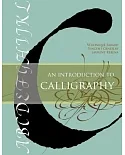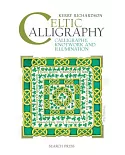The Emperors’ Album: Images of Mughal India publishes the fifty leaves that form the Kevorkian Album, one of the world’s great assemblages of Mughal art and calligraphy, for the
first time. Thirty-nine leaves date from the 17th century; the other eleven leaves were created in the early 19th century and were bound with the earlier ones, most probably by a Delhi art
dealer. The resulting album took its name from Hagop Kevorkian, a noted benefactor of the Metropolitan Museum and of many other cultural institutions, who purchased it in London in 1929.
Over the next decades nine of the leaves went to the Freer Gallery of Art in Washington, D.C., and in 1951 the remaining forty-one leaves came to the Metropolitan Museum. The 17th-century
leaves include masterpieces of Mughal portraiture, superb natural history studies, and magnificent specimens of calligraphy. Commissioned by the great emperors Jahangir and Shahjahan, these
works were meant for private enjoyment—images to be shared with delight by the imperial family and their close friends. These pictures were created in the imperial ateliers by the greatest
artists of the day. In Stuart Cary Welch’s introduction and in the texts he has written for each painting, these artists are identified, and the biographical information available for each
is given. The influences that molded their works—the Persian and Deccani conventions that were so important in the development of the Mughal style—are discussed, as are the European
elements, most notable in the floral borders, which show the impact of herbals brought to India by European missionaries and traders.
Welch’s historical introduction is extended and expanded by the biographical essays Wheeler M. Thackston has contributed for the subjects of each of the portraits. Based on primary sources,
these accounts are an invaluable overview of the Mughal world. But these great pictures make up only half the Kevorkian Album. As important are the calligraphic pages, which include
specimens by major scribes, most especially Mir cAli. In her introduction Annemarie Schimmel discusses the paramount place accorded calligraphy in the Muslim aesthetic. She also assesses
Mir-’Ali’s accomplishments as a calligrapher and as a poet. The poetry in the Kevorkian Album is an anthology of the verses prized by the Mughal elite; in her comments on each of the leaves
Schimmel identifies and translates this poetry. The rich borders of Mughal album leaves are extraordinary works of art in themselves. Marie L. Swietochowski’s carefully argued introduction
discusses not only the leaves from the Kevorkian Album but also those from the Minto and Wantage albums and from other sources. In her remarks on individual leaves from the Kevorkian Album,
she comments on stylistic differences and provides identifications of plants, birds, and animals.
(This book was originally published in 1987/88.)



